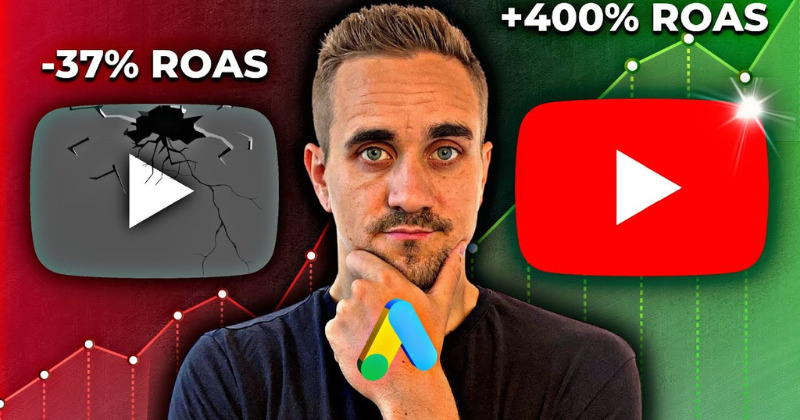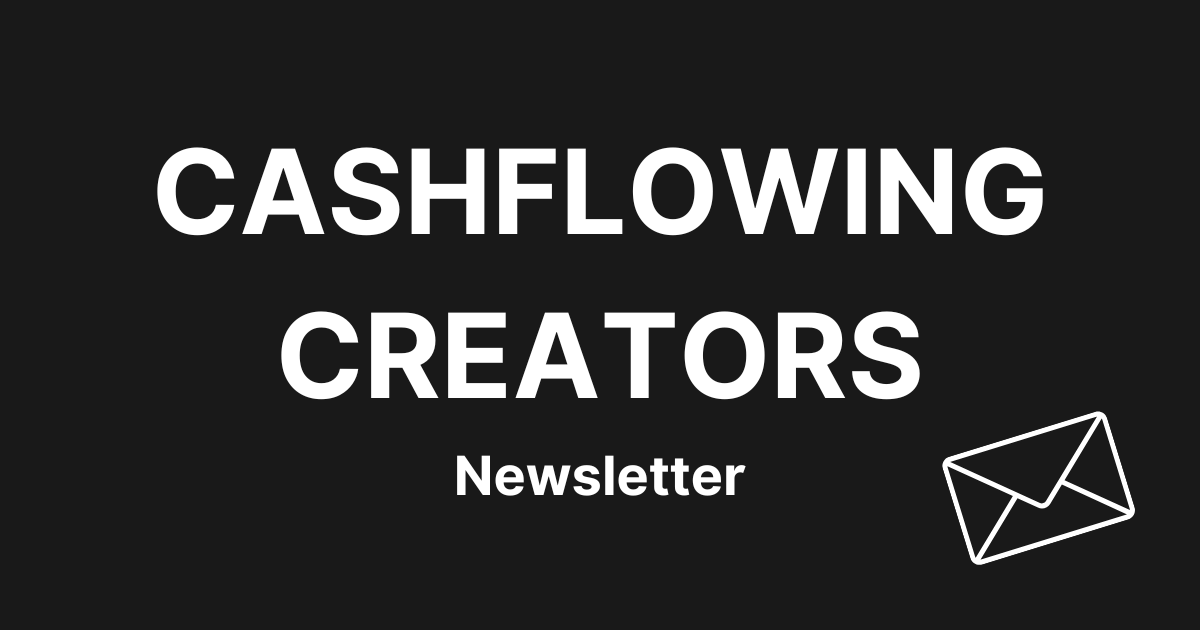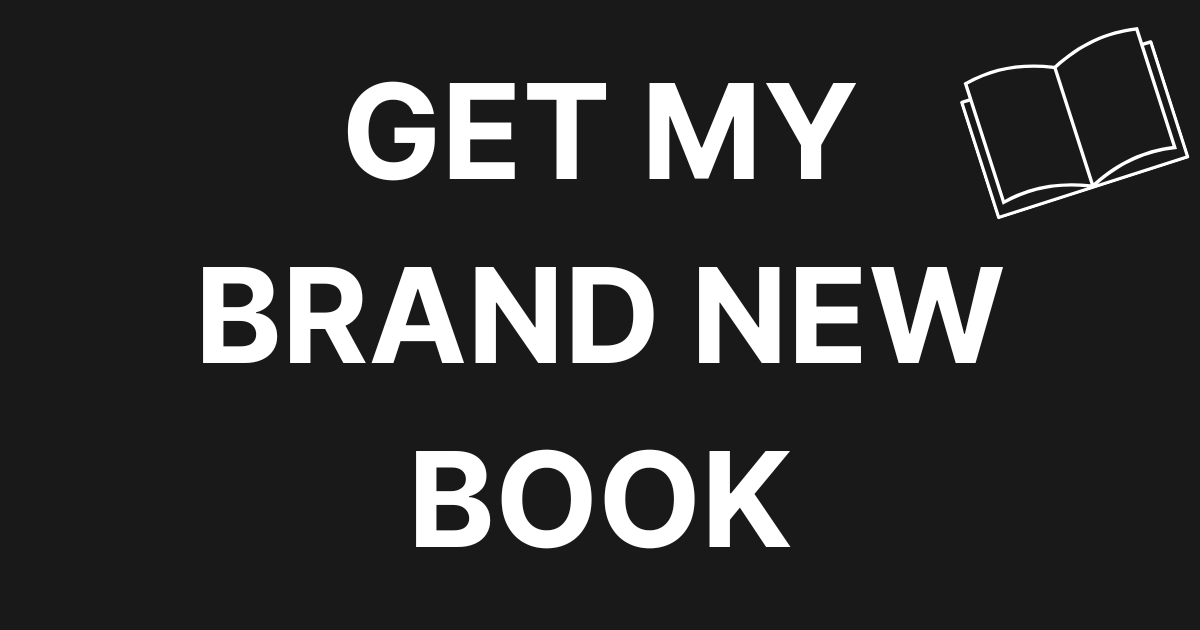The YouTube Ads strategies you’re using right now… will STOP working in 2023. In this video on my YouTube channel, I’ll be discussing the top YouTube ad strategies that are no longer effective in 2023. From outdated targeting methods to overused creative tactics, I’ll give you the inside scoop on what to avoid in your YouTube advertising efforts this year. Don’t miss out on these valuable insights that will help you stay ahead of the game and improve your ad performance in the New Year.
YouTube ads have changed a lot in the last couple of years, and a lot of the same strategies that we’re working on are not going to work in 2023. So if you have tried running ads in the past or you are getting ready to start running ads and you’re trying to do some research about the best ways to get started, let me tell you what strategies you should not plan to use going forward. The very first strategy for YouTube ads that used to work and does not work anymore is starting with CPV campaigns or cost-per-view campaigns. It used to be very common that people would start their YouTube ad campaigns by choosing a lot of keywords and placements, and then they would run ads where they would pay per view, and that’s how they would get started running ads until they built up enough conversions on their Google Ads pixel and their tracking so that they could switch over to conversion focus campaigns.
This is no longer the way that we start campaigns anymore. We now go through straightforward conversion focus campaigns. Instead of starting with CPV campaigns, we just go straightforwardly optimizing our campaigns for conversions. So what that means is we got a brand new account, we set a brand new campaigns, we’ve got a brand new Google ads pixel that we’re setting up with conversion tracking and all of that stuff. And we will start by optimizing for conversions and our bid strategy will be just maxed conversions. So we don’t start with a target CPA or anything like that. We move to that later. But what we do is we just start out with, we want to get conversions. We know what our daily budget is for the account, we break that into however many campaigns that we’re running, and then we just run max conversion optimized campaigns until we start getting about 30 to 50 conversions a week.
Then we start looking at switching it over to Target CPA bidding, but at no point are we paying to bid on impressions. We are always just running conversion-focused campaigns. Now the second thing that is not going to work this year is trying to use either keywords, topics, or placements in your campaign. Google Ads has actually just completely removed those as options, so you can no longer launch campaigns that are targeting certain keywords that are targeting certain placements or have topics that you are targeting when you are setting up these campaigns. Now, keywords used to be a really great like bread and butter campaign strategy for us, but we are completely having to change that because we can’t do that anymore. As of right now, this recording, if you have campaigns that we’re running with keywords or placements or topics, those will continue to run, but Google has already said they’re going to just remove the targeting sometime in early 2023, and then you’ll just have campaigns with no targeting at all.
So what can you do going forward? Well, going forward, especially with YouTube ads, one of the most valuable skills and processes that you’re going to have is creating custom segments and custom audiences. So this is where you go into your ads manager and under the audiences, you can see custom segments and you can create custom segments. You can do this based on keywords that people have been searching for, topics people are interested in, websites that people use, and also apps that people use. Now, how this is different from keywords is this is just a broader targeting. So what you do is you will add a collection of keywords in here, and then depending on which setting you are using, Google will either go find people who are interested in those topics, people who have searched for similar keywords on Google Properties, so YouTube and Google, or people who have visited similar websites or people who have used similar apps.
So this is really where we are going to spend a lot of time creating all our audiences because going forward, most of our audiences will be coming from these custom segments. Now, what we have found working really well is the second option, people who have searched on Google Properties, what we’ll do is we’ll create clusters of keywords that are tightly related, and we will go out and make a couple of groups like this keeping an eye on the audience size. So we don’t wanna let it get too big. The impressions could be like 500 billion to 1 trillion, that audience size is too big for us, so we really wanna keep the audience sizes like 500 million to a billion. This is kind of the one that we’ve seen work. I’ll throw up the sizes that we’ve been looking for right here on the screen.
Now the cool thing about this is this gives us a really good way to create lots of audiences. The challenge is you can create so many different variations of audiences here, so you really just have to start testing and figuring out what works for you. We might wanna look at like what are other brands, YouTube channels, and different software that our customers might use, and we could use those for different audiences. And with this, you can come up with 10, 20, or 30 different options and just go through the process of testing and figuring out what works best, what doesn’t, and what kind of keyword topics are working best when you’re crediting these custom audiences of what doesn’t. This is kinda why we’ve seen YouTube ads take longer than other platforms get out of it, as there are just so many targeting options. The good thing is once you get these working, these audiences can run for a really long time.
They typically tend to have a very large audience, so you can scale better and run ads longer for these audiences. Now the third thing that is not going to work anymore in 2023 is just using Google Ads tracking alone. So after iOS 14, and there are even more P privacy updates that are going to be coming out here soon in the future with Android and all these other platforms, you can no longer just set up the Google Ads tracking pixel and use that to optimize your campaigns. If you are running ads and you are looking in the dashboard and the only thing you are making decisions on is based on what you actually see in the ads dashboard, you are missing a lot of data because Google Ads just isn’t able to capture all of the people who are opting out of iOS 14 and all these other tracking issues that come up.
And so what you really need is a third-party tracking platform to be able to optimize your campaigns correctly. Now, the one that we use at my agency is Hiro. We really like that one, but there are definitely other options out there. You just need to make sure that you actually have something else so that you are not just completely reliant on the data that Google Ads can get using their tracking pixels. So it’s still really important to have the Google Ads tracking pixel set up. You just wanna make sure that you’re also using third-party data so that you can get a really clear picture of how people are converting through your funnel, whether they’re coming through multiple traffic channels, whether they have a really long sales cycle, anything like that, the lifetime value, all of this stuff that the Google Ads pixel just cannot track. So hopefully right now you have a good idea of what not to do when you are getting started running YouTube ads. But if you wanna know exactly what you should be doing, I have a video that I’ve got right over here that actually breaks down what you need to do as a beginner to go from zero to making your first 10K a month using YouTube ads. So check out this video right here and I will see you over there.




0 Comments